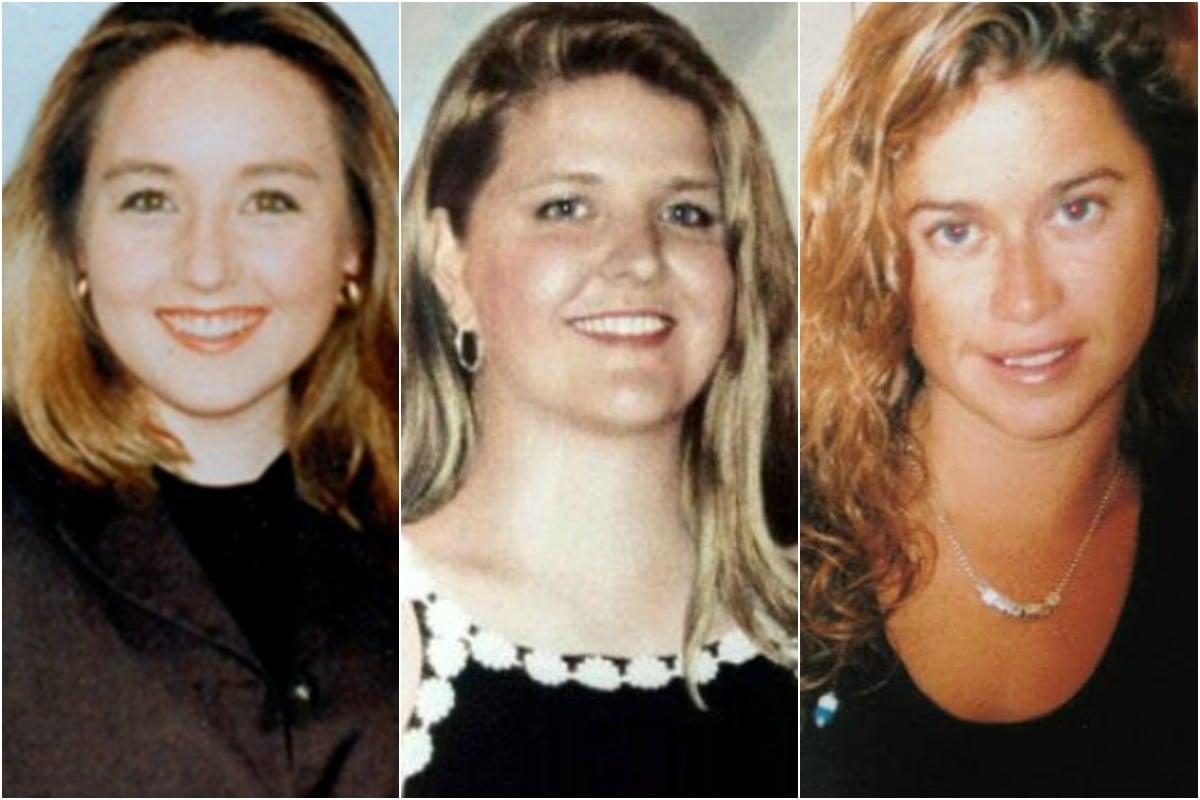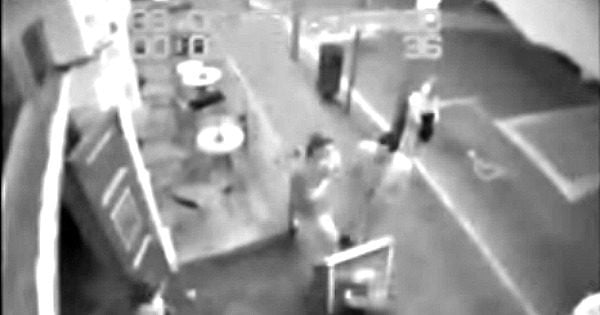
It was the case that paralysed Perth. Three young women — Sarah Spiers, Jane Rimmer and Ciara Glennon — vanished from the same affluent suburb between 1996 and 1997, with the remains of the latter two later discovered dumped outside the city.
For more than two decades, police have been on the hunt for the person responsible for the so-called ‘Claremont killings’, in what has become one of the longest-running and most expensive police investigations in Australian history.
Then, in late 2016, a breakthrough.
A then-48-year-old man named Bradley Robert Edwards was taken into custody and charged with murdering the three women, after officers from the Tactical Response Group stormed his Kewdale home at about 7:30am on December 22.
Footage of that raid was played in court this week, as part of final arguments in Edwards’ epic, five-month trial in the Supreme Court of Western Australia. It’s one of the few times the public has heard his voice since his arrest.
What were the Claremont killings?
The disappearances of three women from the same entertainment district have become engrained in Australian cold case folklore.
It all started with Sarah Spiers.
The 18-year-old secretary vanished shortly after 2 a.m. on January 27, 1996, following a night out with friends at Club Bayview in downtown Claremont.
Then, six months later, another mystery befell the region, when childcare worker Jane Rimmer failed to show up for lunch at her parents home on Sunday, June 9. The 23-year-old was last seen outside the Continental Hotel in the early hours of that morning, after hopping between three local venues with friends.
Her naked body was discovered a month later in bushland at Wellard, south of Perth.































































































